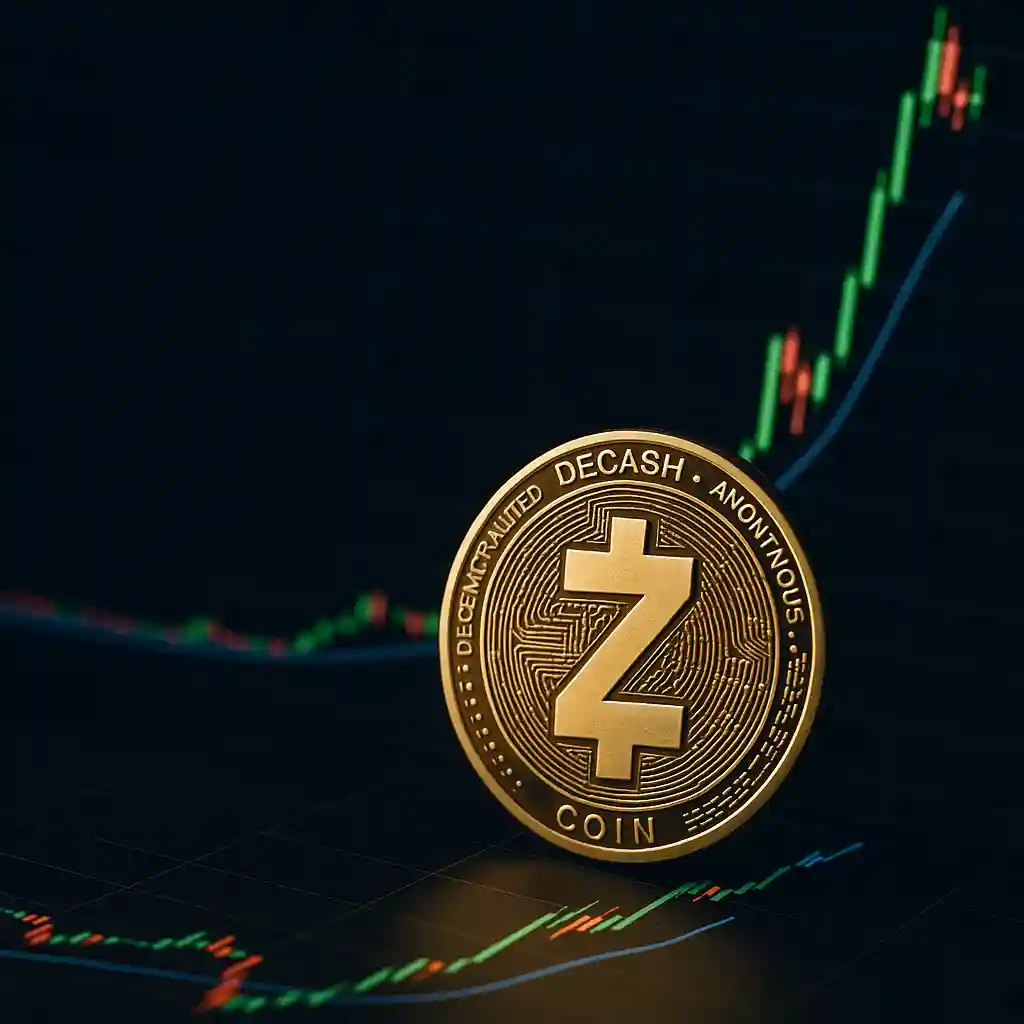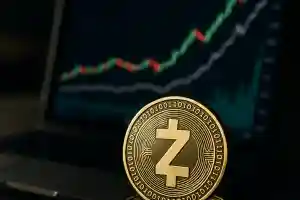Zcash Soars Over 700% in a Day, Igniting New Scrutiny on Privacy Coins
 16 Nov 25
16 Nov 25
Zcash's Explosive Rally Captivates Crypto Traders
The cryptocurrency world was rocked when Zcash (ZEC), a digital asset known for its privacy-enhancing features, recorded a staggering intraday price gain of over 700%. This unexpected surge sent shockwaves through exchanges and reignited debates about the role, risks, and future of privacy-centric cryptocurrencies.
Dramatic Intraday Gains
On October 28, 2016, Zcash’s price experienced unprecedented volatility shortly after its official launch. From its starting point, the coin's value shot up by an extraordinary 741% within hours, reaching as high as 3,299 Bitcoins (BTC) per ZEC on certain exchanges. This translated to millions of dollars per ZEC at the peak, albeit for only a handful of trades, before crashing down almost as rapidly as it had risen. The violent price action became the dominant topic across crypto discussion forums and social media.
Factors Behind the Price Spike
Several variables contributed to this explosive movement. Key among them was the minuscule circulating supply during launch, combined with intense demand from traders eager to obtain one of the market's first truly anonymous digital assets. This imbalance led to thin order books, amplifying the effect of even small buy or sell orders. As the newly mined ZEC tokens gradually entered exchange pools, supply increased, causing prices to normalize into the hundreds—and eventually, tens—of dollars per ZEC.
Market Reaction and Trading Frenzy
As the dramatic rally unfolded, exchange platforms like Poloniex and Kraken posted rapid price swings and enormous bids, some exceeding five figures in US dollar terms. The fevered environment was fueled by anticipation, uncertainty, and a gold rush mentality reminiscent of Bitcoin's early days. Many speculators sought quick profits, attempting to ride the volatility, while others were enticed by Zcash’s promise of privacy and censorship resistance.
Exchange Challenges
Many major cryptocurrency exchanges struggled to keep pace with the surging demand and dwindling liquidity. Users faced withdrawal and deposit delays as platforms worked to stabilize their services in the face of overwhelming volume and operational strain. Some exchanges implemented restrictions or temporary suspensions to contain the chaos and ensure fair execution.
The Rise of Privacy Coins
The jaw-dropping rally abruptly elevated both Zcash and the broader class of privacy coins into the spotlight. Zcash distinguished itself from earlier digital currencies by employing advanced cryptographic techniques—specifically, zero-knowledge proofs known as zk-SNARKs—which allow transactions to remain hidden while still being verified by the blockchain.
Comparison to Other Privacy Projects
While Monero (XMR) had previously pioneered on-chain privacy through ring signatures and stealth addresses, Zcash’s approach promised robust privacy with a cryptographic foundation endorsed by academic research. This technical leap drew the interest of both privacy advocates and investors.
Debates on Anonymity and Regulation
The rapid ascent of Zcash also revived global debates around digital finance, anonymity, and regulatory oversight. Privacy coin proponents argue that the ability to transact anonymously is central to financial autonomy and protection from surveillance. Conversely, critics—including some regulatory bodies—warn that such technologies may facilitate illicit activities such as money laundering or evasion of capital controls.
Regulatory Uncertainty
The intense attention on Zcash’s price action prompted market observers and lawmakers to reassess policies regarding privacy coins. Although Zcash is rooted in legal cryptography, the lack of transparency inherent in its design has caused some exchanges and financial jurisdictions to consider placing limits or outright bans on its trading and use, echoing earlier concerns over Bitcoin in its early years.
Lessons in Volatility and Market Behavior
The extraordinary events surrounding Zcash’s launch serve as a case study in cryptocurrency market mechanics and behavioral economics. The extreme price swing highlighted the dangers inherent to thin markets and incomplete information, particularly for traders seeking fast gains in the wake of new technological releases.
The volatility around Zcash’s debut exemplified how hype, limited supply, and novel utility can collide to deliver both opportunity and peril. Early market participants who acquired ZEC at launch prices—or managed to sell near the peak—experienced outsized returns, while latecomers faced swift, devastating losses.
Future Outlook for Privacy-Focused Assets
The phenomenon of Zcash’s launch has left a lasting mark on the cryptocurrency industry. Its brief but dramatic price ascent prompted both innovation and reflection. Privacy coins, once a niche subset, now sit at the intersection of technological progress and regulatory scrutiny.
As privacy becomes an ever-more valued commodity in the digital age, Zcash’s technological advancements continue to influence new research and protocol development within the crypto sphere. Nonetheless, ongoing market volatility and policy debates will shape the destiny of privacy-focused assets well into the future.
Conclusion
Zcash’s astonishing one-day price rally is more than a historical footnote—it symbolizes the complex interplay of technology, market forces, and ethical debates over privacy in the financial realm. While its price may have normalized, the excitement and controversy of its debut continue to echo across the broader conversation about the future of cryptocurrency.



















